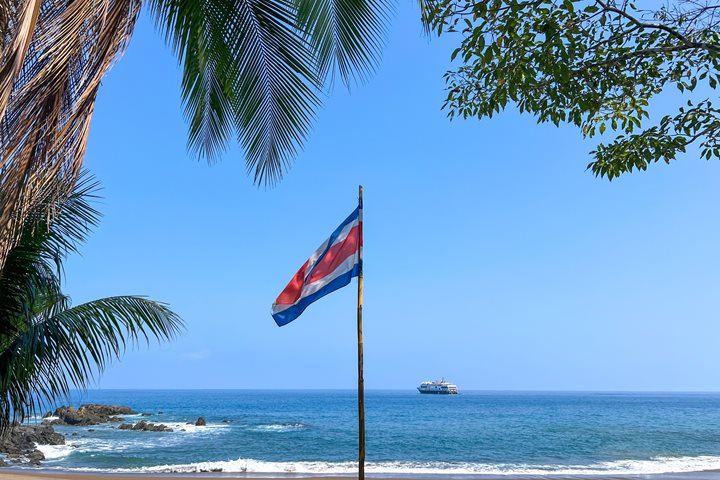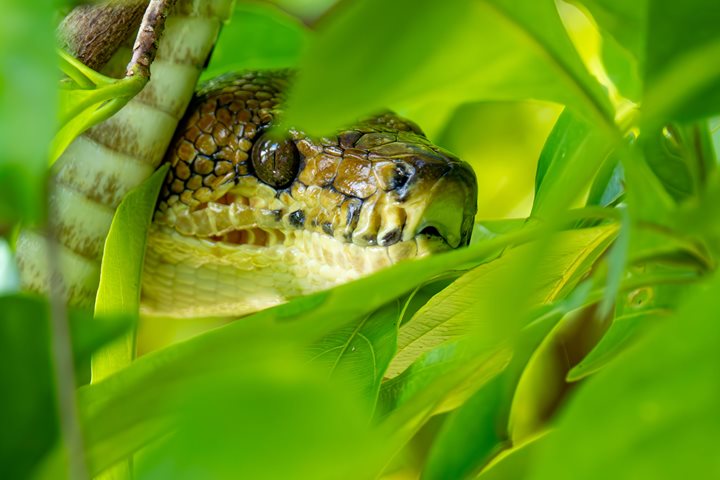Osa Peninsula, Costa Rica
Good grief! What a day! Today is every tropical rain forest naturalist´s dream. The Osa Peninsula is the southernmost area on the Pacific side of Costa Rica. This place was isolated from the mainland for many years, as it is so far from the Central Valley and it has a narrow isthmus separating it from the rest of the country; as a result, it has been kept almost untouched from human intervention. Today we visited two different sites in this area: the first a privately-owned wildlife refuge and the second a national park. Both places are teeming with biodiversity, as the peninsula is one of the most diverse places in the country. Whatever we chose to do today was rewarded with incredible sightings of wildlife.
Early this morning, Mr. Enrique Van Der Brieken (aka Ban Ban) welcomed us into his home where he keeps 70 hectares of almost untouched rain forest. He has cleared a few trails through his property, which works as a buffer zone between the human-inhabited areas and the almost intact forest of Corcovado National Park, and this morning we got to walk and explore them. Some chose the premises walk to concentrate more on bird watching or photography; others chose the not-so-simple way and took the long walk. This choice really did reward our work and sweat. A group of about 25 white-lipped-peccary, 30 or more Geoffrey´s spider monkeys, and a ten-inch-wide and very active leaf-cutter ants’ trail were the highlights of the morning. Some of the naturalists have roamed the Costa Rican trails for years and have seen the peccaries maybe two or three times. While we were still getting over our amazement, our hotel department disembarked with an incredible beach lunch.
Back on board, the captain repositioned the ship just a few miles further south and we were ready for the afternoon activity, exploring Corcovado National Park. With an extension of over 40,000 hectares (around 100,000 acres), the rain forests contained within its boundaries are widely considered to be the most species-rich in Central American. Whether we chose the long walk to the waterfall or the less strenuous one to the Pargo, we had an incredible forest experience: spider monkeys, howler monkeys, white-nosed coati, black-cheeked ant-tanager, fasciated tiger heron, basilisk and anoles lizards, scarlet macaws, trogons and boat-billed herons.
For those of us who love roaming the forest, today was an exceptional day.






